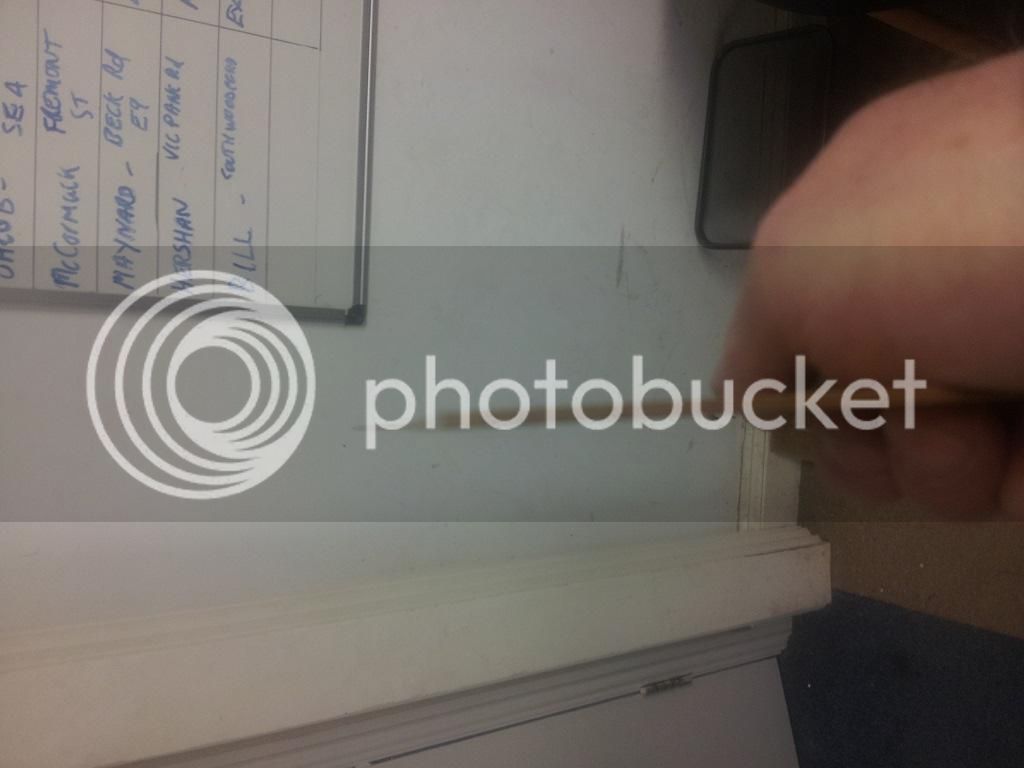Random Orbital Bob
Established Member
What is the actual width of the blade? Is it one of Ian's 1" 1.3 tpi "ripper" blades? If so I've also just got a couple and they're awesome. Also how green is the timber you're cutting? If very green, resins quickly build up on the left hand side of the blade as you look at it which throw the tracking off and cause drift. These resins need constant cleaning with a combo of elbow grease and white spirit. Ian has recommended greasing the blade with diesel before use to try and prevent build up but I've not tried that yet myself. The resins build up very quickly with wet wood. I cut a Laburnum log into 8 blanks yesterday and it needed cleaning.

































